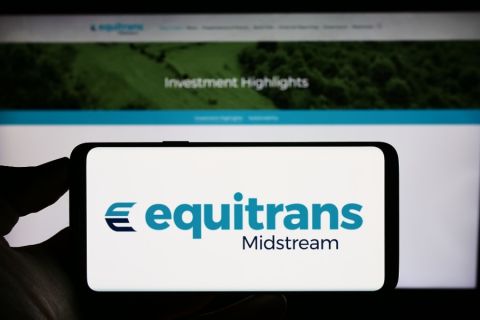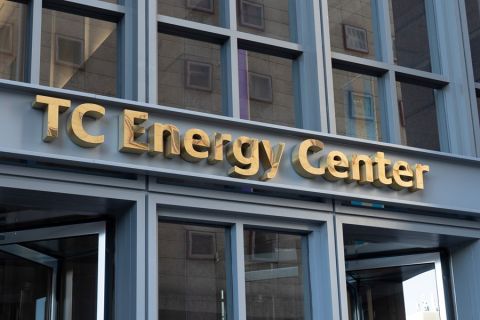An investment gap of roughly $18 trillion could jeopardize a global push to achieve net zero carbon emissions by 2050, according to a study by the Washington, D.C.-based Boston Consulting Group (BCG).
The International Energy Agency estimates $37 trillion is needed between now and 2030 to keep track with achieving net zero by 2050, BCG partner Rebecca Fitz said July 6 in a press release. However, a BCG survey of around 300 large energy companies revealed investment plans of $19 trillion, which would leave a large investment gap.
The study revealed investments are lacking in several key areas: development of fossil and low-carbon fuels; infrastructure developments such as power grids and the expansion of electricity power generation; and decarbonization at the end-use category. End-use categories are broad and include everything from industrial supplies and capital goods to automotive vehicles and consumer goods.
“Our analysis found that the largest gap—about 50% of the total—was in the end-use category,” said Fitz, also the associate director of BCG’s Center for Energy Impact.
“This highlights that end users—industrial goods companies such as steel, cement, and aluminum manufacturers—have critical roles to play,” Fitz said. “They need to increase investments not only in energy efficiency, but also in fuel switching (for example, to biofuels) and on-premises renewables and carbon capture, utilization, and storage (CCUS).”
Fitz said the investment gap problem stemmed from a change in the energy ecosystem.
“Traditionally, energy has been an extractive resource. You extract and sell it. And that was a high risk, but high return, business. As we move to net zero, that premise changes,” Fitz said. “Energy becomes less of an extractive resource and more of a developed and manufactured resource with lower risk and returns.”
Given the high capital requirements that are still needed in the energy sector — including those related to wind and solar projects — the need for joint investments with customers is important.
“That changes the relationship between buyer and seller. You need a much bigger ecosystem where the energy providers and users are investing jointly to see projects through,” Fitz said.
Large industrial energy users have a role to play as well in closing the energy transition investment gap. They can boost spending on energy transition initiatives, create new ecosystems between suppliers and users, capitalize on government support and subsidies and push business models and technological innovations, Fitz said.
Assistance is also needed from investors to close the investment gap.
“Investors need to fully integrate carbon risk into their portfolios—something that isn’t happening today,” Fitz said.
Recommended Reading
Enbridge Advances Expansion of Permian’s Gray Oak Pipeline
2024-02-13 - In its fourth-quarter earnings call, Enbridge also said the Mainline pipeline system tolling agreement is awaiting regulatory approval from a Canadian regulatory agency.
Hess Midstream Increases Class A Distribution
2024-04-24 - Hess Midstream has increased its quarterly distribution per Class A share by approximately 45% since the first quarter of 2021.
Equitrans Midstream Announces Quarterly Dividends
2024-04-23 - Equitrans' dividends will be paid on May 15 to all applicable ETRN shareholders of record at the close of business on May 7.
Genesis Energy Declares Quarterly Dividend
2024-04-11 - Genesis Energy declared a quarterly distribution for the quarter ended March 31 for both common and preferred units.
TC Energy Appoints Sean O’Donnell as Executive VP, CFO
2024-04-03 - Prior to joining TC Energy, O’Donnell worked with Quantum Capital Group for 13 years as an operating partner and served on the firm’s investment committee.






